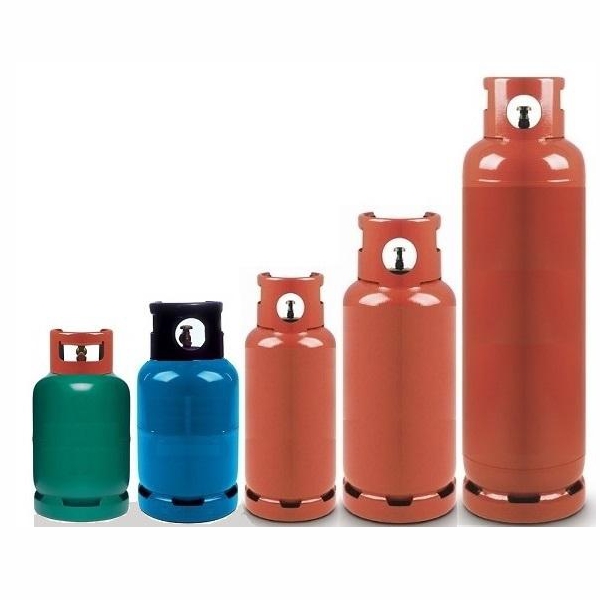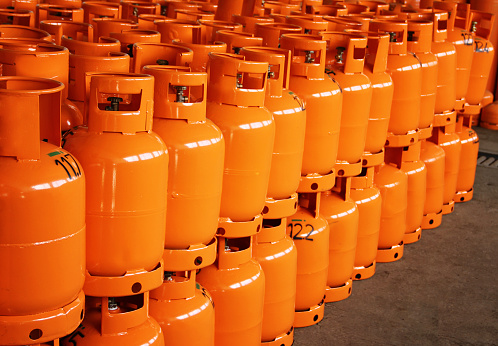OPEC’s crude oil production increased by 270,000 bpd in May over April, to stand at 32.12 million bpd–the highest level since January this year–as exempt Libya and Nigeria saw their respective output sharply recovering, according to an S&P Global Platts survey.
Despite the high compliance from the cartel’s biggest producer and de facto leader Saudi Arabia, as well as from Angola, output jumped from exempt OPEC members Libya and Nigeria, and Iraq continued to under-comply significantly, increasing its production in May, the survey showed.
According to the Platts survey, Nigerian output increased last month to 1.73 million bpd, up by 80,000 bpd from April, and the highest level since March 2016, due to the restart of Forcados crude exports. According to Platts shipping data, two Suezmax tankers fully laden with crude oil set sail from Nigeria’s Forcados terminal at the end of May.
In Libya, crude output increased by 180,000 bpd to 730,000 bpd in May—the highest level since October 2014—with the giant Sharara field resuming production, and exports from both key eastern and western ports rising steadily.
Expectations are that output from Libya and Nigeria will continue to rise in the summer, which will be, for OPEC, a “tricky period in its attempt to accelerate the market’s rebalancing,” Platts said.
While production at OPEC’s no.1 producer Saudi Arabia dropped to 9.93 million bpd in May, down 40,000 bpd from April, output at the cartels no.2. producer —Iraq—increased, by 70,000 bpd to 4.43 million bpd in May, the Platts survey found. Iraq continues to go rogue, and its compliance in the first five months of the deal is 70 percent, one of the least-compliant producers, according to calculations by Platts.
OPEC’s no.3 Iran—which was allowed to slightly raise and cap output at 3.797 million bpd in the deal—was just below that level, at 3.78 million bpd in May, Platts said.
“Despite strong compliance overall so far, OPEC’s efforts have not borne much fruit, as far as oil prices are concerned. If global stocks do not start to show demonstrative signs of steady draws, OPEC may have to be more creative with its strategy,” Eklavya Gupte, Senior Editor, Europe and Africa Oil News, S&P Global Platts, said.
“To add to this, OPEC could face a brewing political crisis as two key members have broken diplomatic ties with Qatar. In the past, the group has managed to put aside political rivalries to focus on production management, but geopolitical risk is always something that bears watching within OPEC,” Gupte noted.
OPEC will release its Monthly Oil Market Report with data for May next Tuesday, 13 June.




